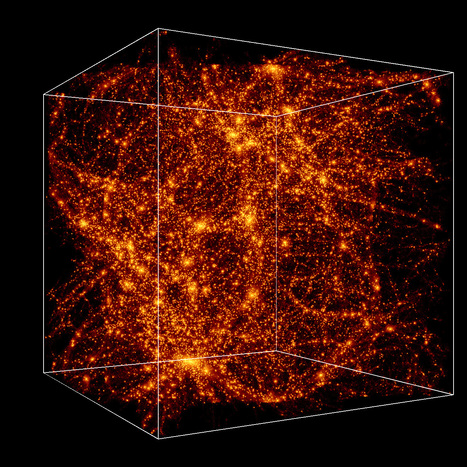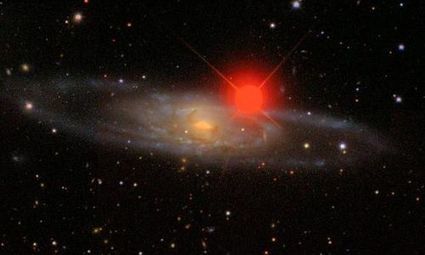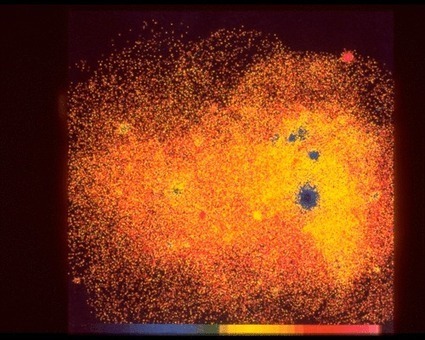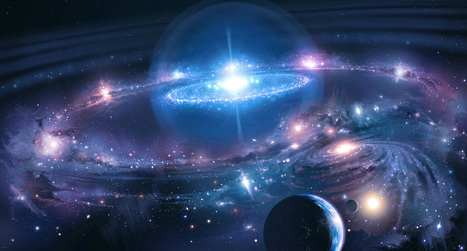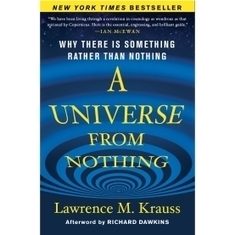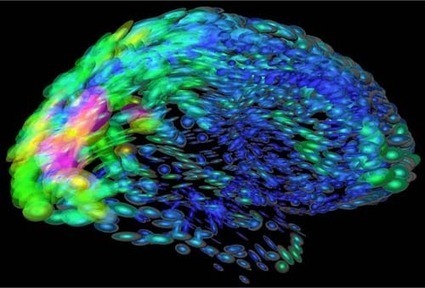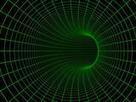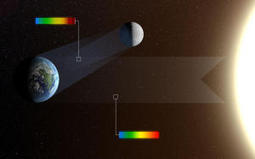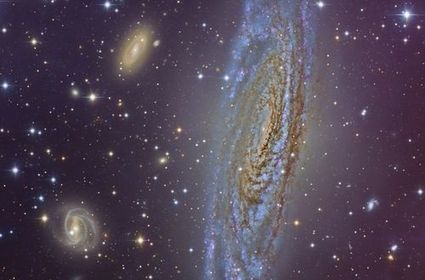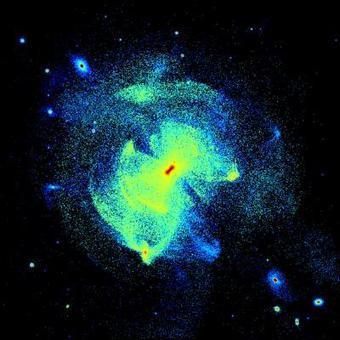Research and publish the best content.
Get Started for FREE
Sign up with Facebook Sign up with X
I don't have a Facebook or a X account
Already have an account: Login

 Your new post is loading... Your new post is loading...
 Your new post is loading... Your new post is loading...
|

Charlie Dare's curator insight,
September 21, 2013 9:59 AM
A trillion frames per second capturing extreme time frames faster than our chemical reactions can record them .Instead of LSD to see photosynthesis if you like this new science opens flood gates actually seeing things beyond our comprehension. |



